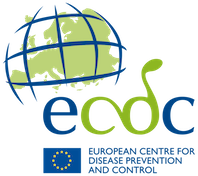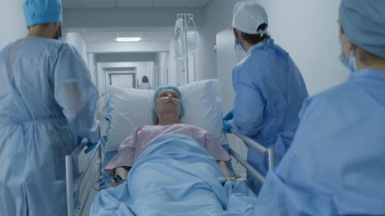Haemophilus influenzae disease - Annual Epidemiological Report for 2014
In 2014, 2 799 confirmed cases of invasive Haemophilus influenzae (H. influenzae) disease were reported to TESSy.
Download
Invasive Haemophilus influenzae - Annual Epidemiological Report 2016
- EN - [PDF-173.08 KB]
Key facts
- In 2014, 2 799 confirmed cases of invasive Haemophilus influenzae (H. influenzae) disease were reported to TESSy.
- The notification rate was 0.6 cases per 100 000 population, a similar rate as in previous years.
- Age-specific rates were highest in infants (4.0 cases per 100 000) and the elderly (1.7 cases per 100 000).
- The H. influenzae type b (Hib) vaccine has led to a progressive and sustained reduction of type b serotype infections. In 2014, 6% of cases with a known serotype were caused by serotype b, 57% of which were aged 25 years and over.
- Non-capsulated strains caused the majority of cases in all age groups and 82% of all cases for which serotyping results were available.
- Serotype f caused 9% of all cases and 72% of cases among non-b capsulated serotypes (serotypes a, c, d, e and f).
- The changing epidemiology of invasive H. influenzae disease should be carefully monitored; disease surveillance should include all age groups, serotypes and clinical presentations.
Methods
Click here for a detailed description of the methods used to produce this annual report
- ECDC has coordinated the surveillance of invasive H. influenzae disease at the European level since the transfer of EU-IBIS (European Union Invasive Bacterial Infections Surveillance Network) to ECDC in 2007.
- In 2014, 29 EU/EEA Member States routinely report data on invasive H. influenzae disease to TESSy.
- All Member States report data using the EU case definition (Commission Implementing Decision 2012/506/EU of 8 August 2012 of the European Parliament and of the Council) or use a case definition that is compatible with the EU case definition for confirmed cases.
- The majority of Member States report data from comprehensive, passive surveillance systems with national coverage. Belgium, France and Spain report data from sentinel surveillance systems. For a summary of the surveillance systems characteristics in each Member State, please refer to the Annex.
- See more at: http://ecdc.europa.eu/en/healthtopics/Haemophilus_Influenzae_Infection/…
Page last updated:
22 May 2017




